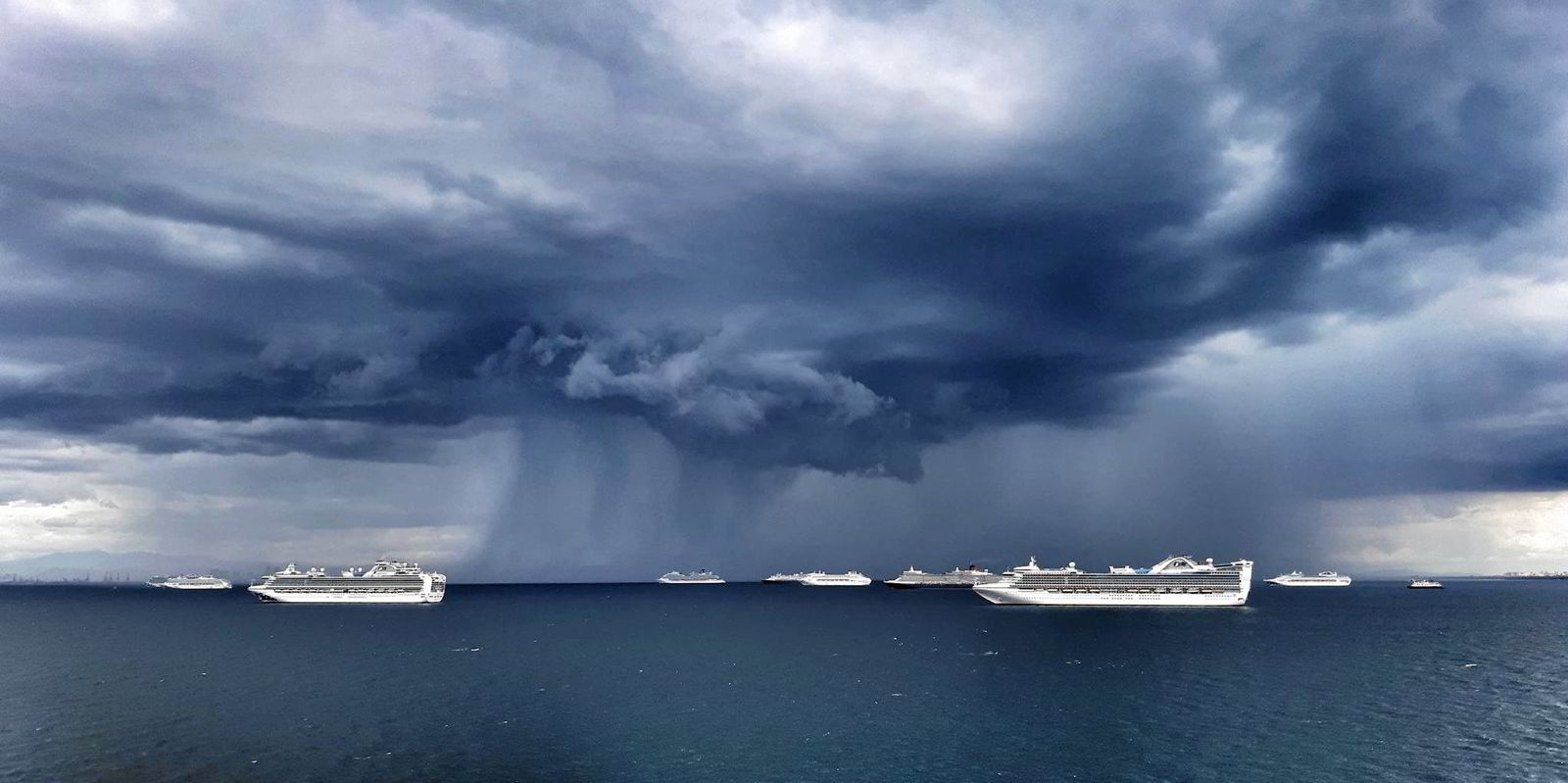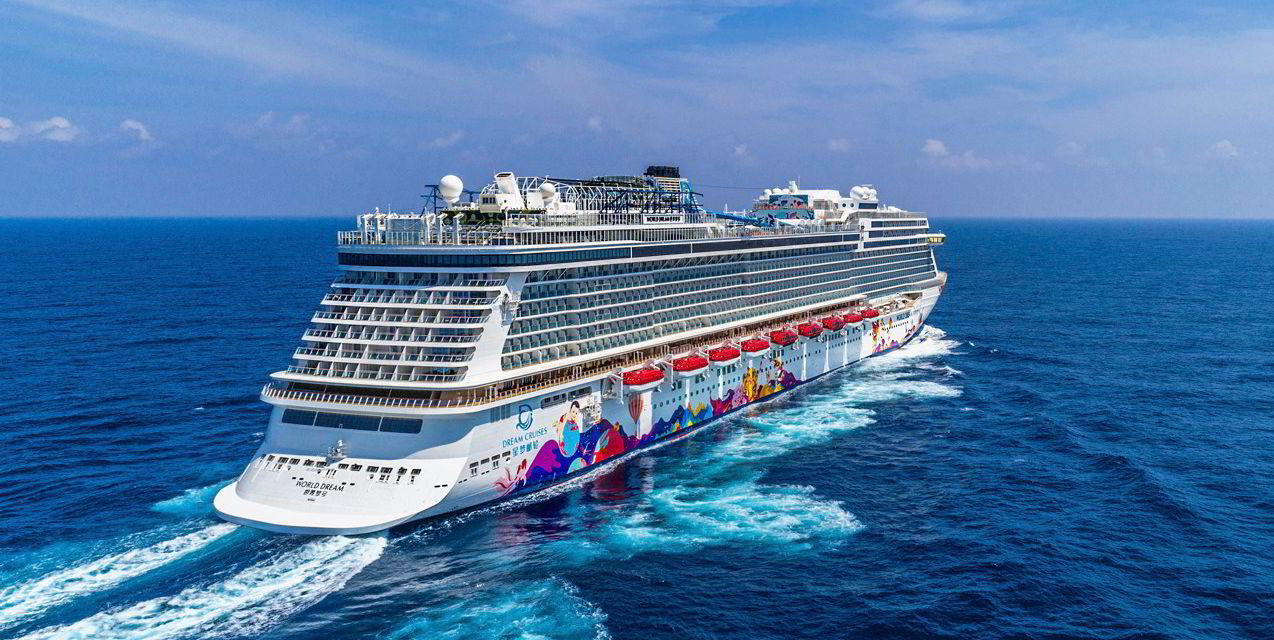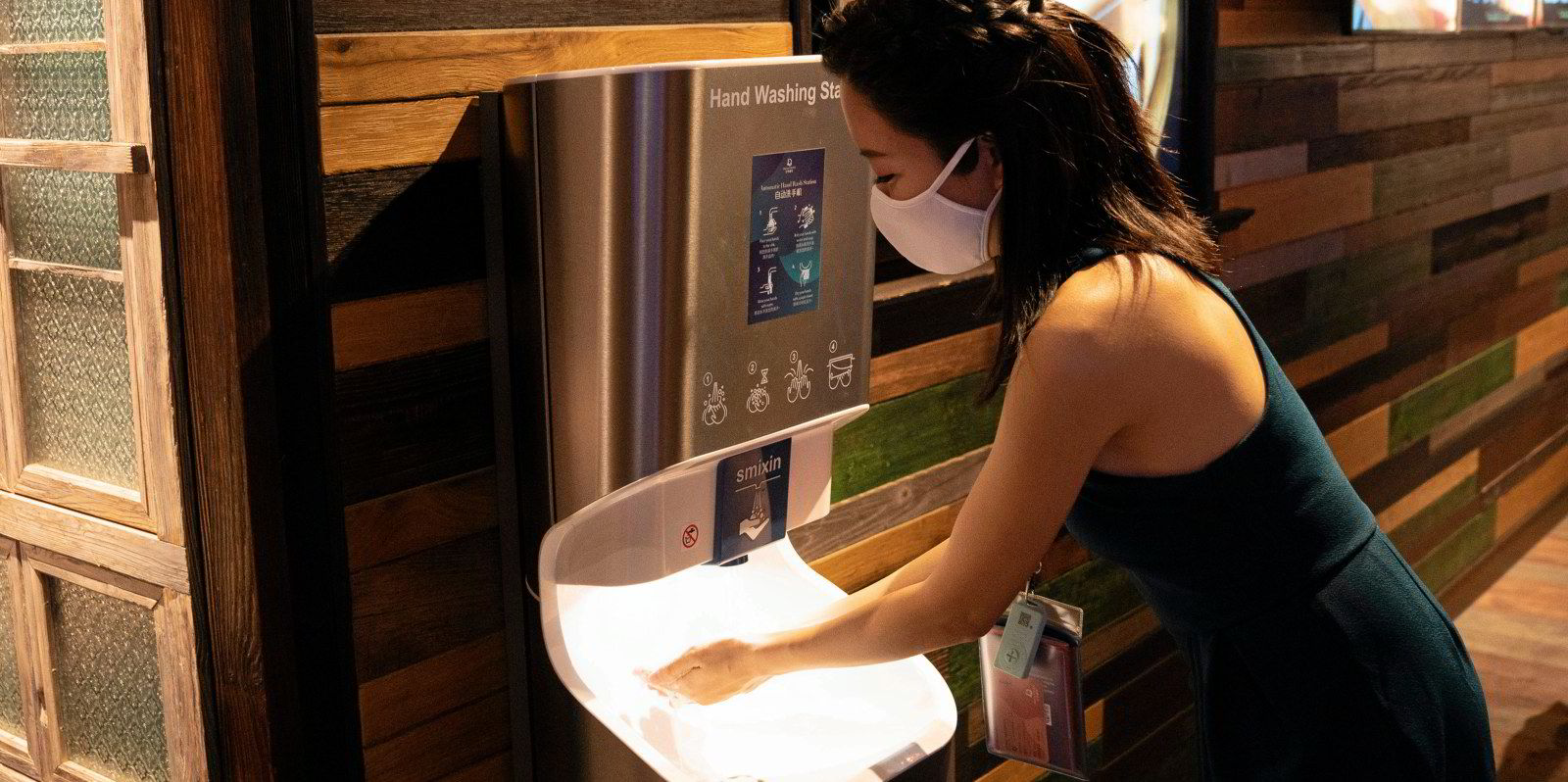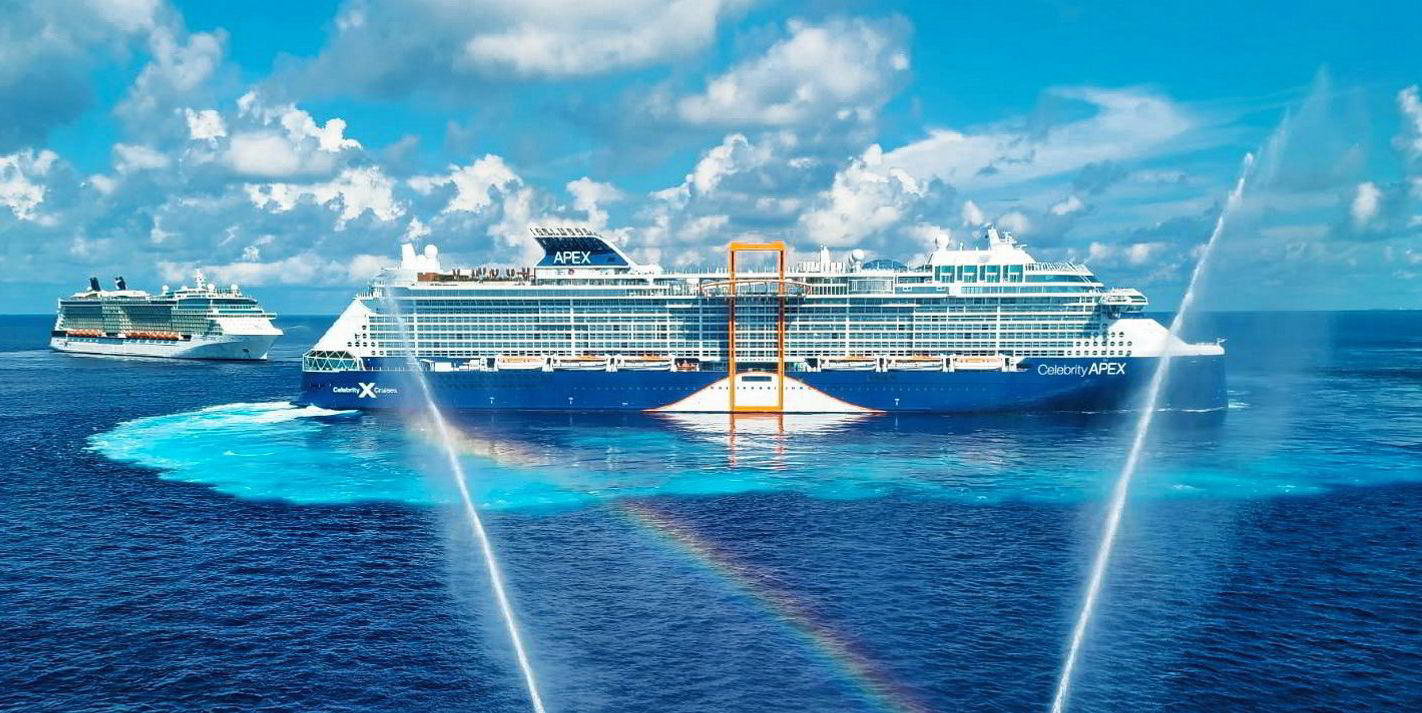Dozens of cruiseships are slated to return to service in the next few months. For their operators, keeping them in lay-up for any longer will only increase their financial nightmare.
But as the cruise industry stands poised to stage its relaunch, can it be done safely when Covid-19 is still wreaking havoc?
The answer to that question may lie in Asia, where Genting Cruise Lines brand Dream Cruises was the first major cruise operator to do so, beginning in Taiwan last July and Singapore in November.
Other cruise operators in Asia and Europe followed suit, and in April the US Centers for Disease Control and Prevention (CDC) indicated it might allow cruises out of US ports from July.
Returning a ship to service during a pandemic is no easy task, according to Dream Cruises president Michael Goh.
Goh said Genting was well aware of the potential reputational and safety risks of an outbreak on board. Making sure that did not happen was a complex undertaking.
“We had to make sure what we were doing was safe. The safety of our guests and crew is our top priority,” he explained.
Class plays a role
To ensure it had the right protocols and systems in place, Genting turned to classification society DNV.

“Genting was the first cruise line to approach us,” said Dr Shahrin Osman, DNV’s Singapore-based regional head of maritime advisory.
Genting, whose ships are classed by DNV, was especially interested in the class society's Certification in Infection Prevention-Maritime (CIP-M) programme, and how its protocols could be adapted for large cruiseships.
CIP-M is based on protocols developed for large hospitals by DNV Healthcare, the medical sectors’ largest certifier of health facilities worldwide.
These protocols were further strengthened in 2019 to focus on infection prevention using CDC standards.
“For Covid-19, we needed to look at more robust standards for cruise. We used what was learned in hospitals and applied it to cruiseships. The difference was understanding vessel operational characteristics so that we could adapt the hospital CIP to cruiseships” said Osman.
CIP-M’s main principle is to prepare cruiseships for an outbreak so that it can be contained and prevented from spreading throughout the vessel.
Cruise operators have to invest in polymerase chain reaction (PCR) testing equipment to test any suspected cases on board. Ventilation systems need to be adapted to provide 100% fresh air. Passenger and crew temperatures need to be regularly taken, together with constant contact tracing.
As of April 2021, DNV had awarded 10 CIP-M certifications, with another 30 scheduled. These covered 11 cruise lines and it expects a lot more work during the year as it has been approached by many other operators.
Different jurisdictional approaches
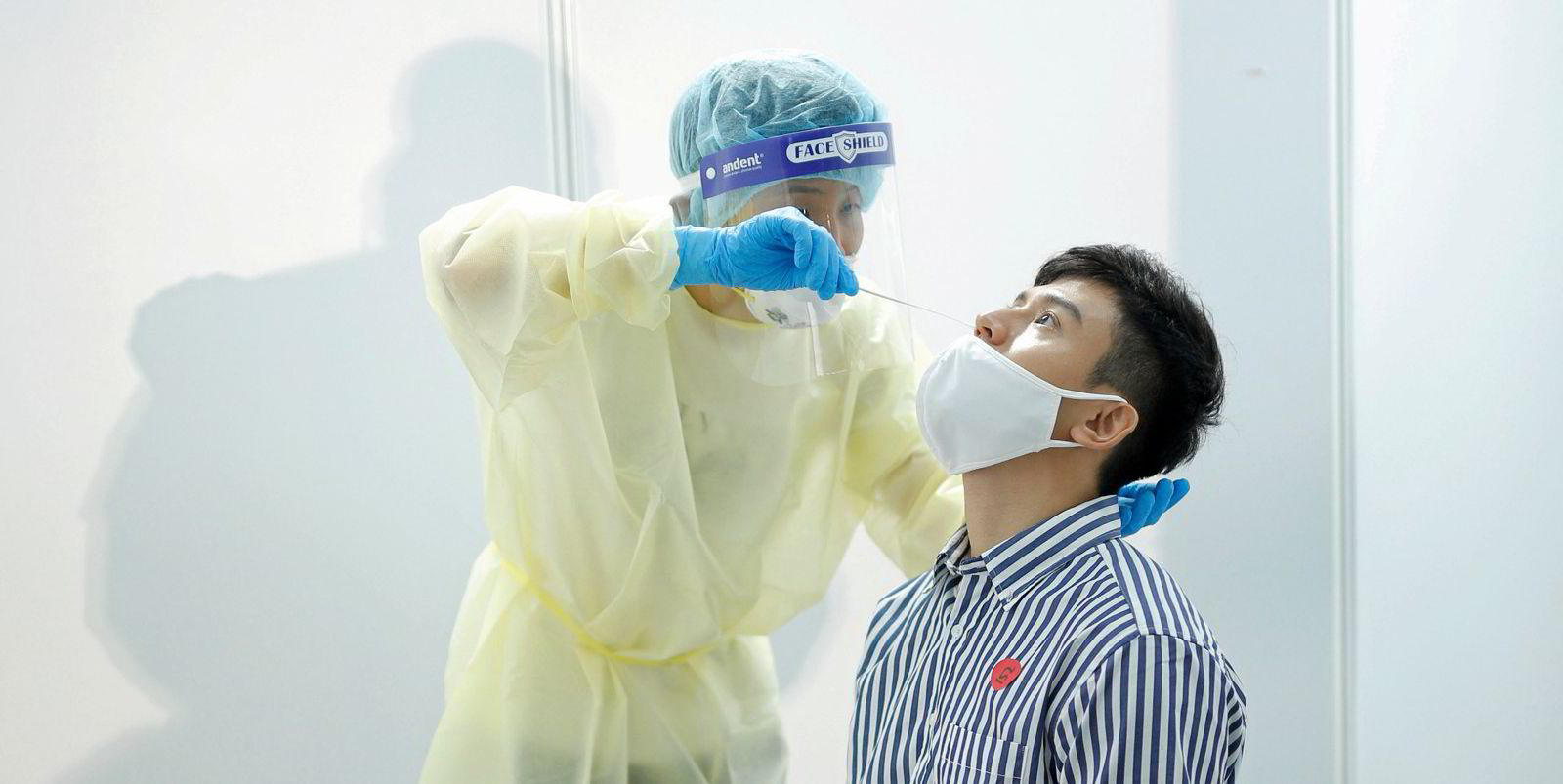
Different jurisdictions have different approaches to Covid-19 and cruising, with each having different frameworks in place.
The UK explicitly requires third-party verification, while for the European Union it is only a recommendation as the EU does not get involved in the certification process.
In the US, the CDC will require operators to self-certify to their standards, subject to CDC approval. While the CDC recognises a role for third-party auditors to support operators, it does not delegate any authority to them.
Nevertheless, DNV believes all major US brands plan to work with one.
“The CDC is familiar with the CIP-M programme but we have no ongoing formal engagement with them,” said Nikos Spaeth, DNV head of communications for Asia Pacific.
DNV’s CIP-M mandates testing of passengers and crew for Covid-19 but does not specify which method is used.
This, Osman said, is because testing requirements vary internationally according to both local regulations and current risk levels.
In Singapore, with domestic-only cruising and minimal community transmission, antigen rapid tests administered at the cruise terminal immediately before boarding are deemed suitable for screening.
It is the solution Genting has selected.
For cruises with international and vaccinated passengers, rapid antigen tests may be given on embarkation, but in most cases passengers will already have taken a PCR test before travel.
Miami-based Royal Caribbean International, which began operating domestic out of Singapore in December 2020, is following CDC guidelines that require passengers to undergo a PCR test within 72 to 48 hours before the cruise.
Testing regimes are expected to remain fluid as cruise lines adapt to local circumstances and transmission levels.
